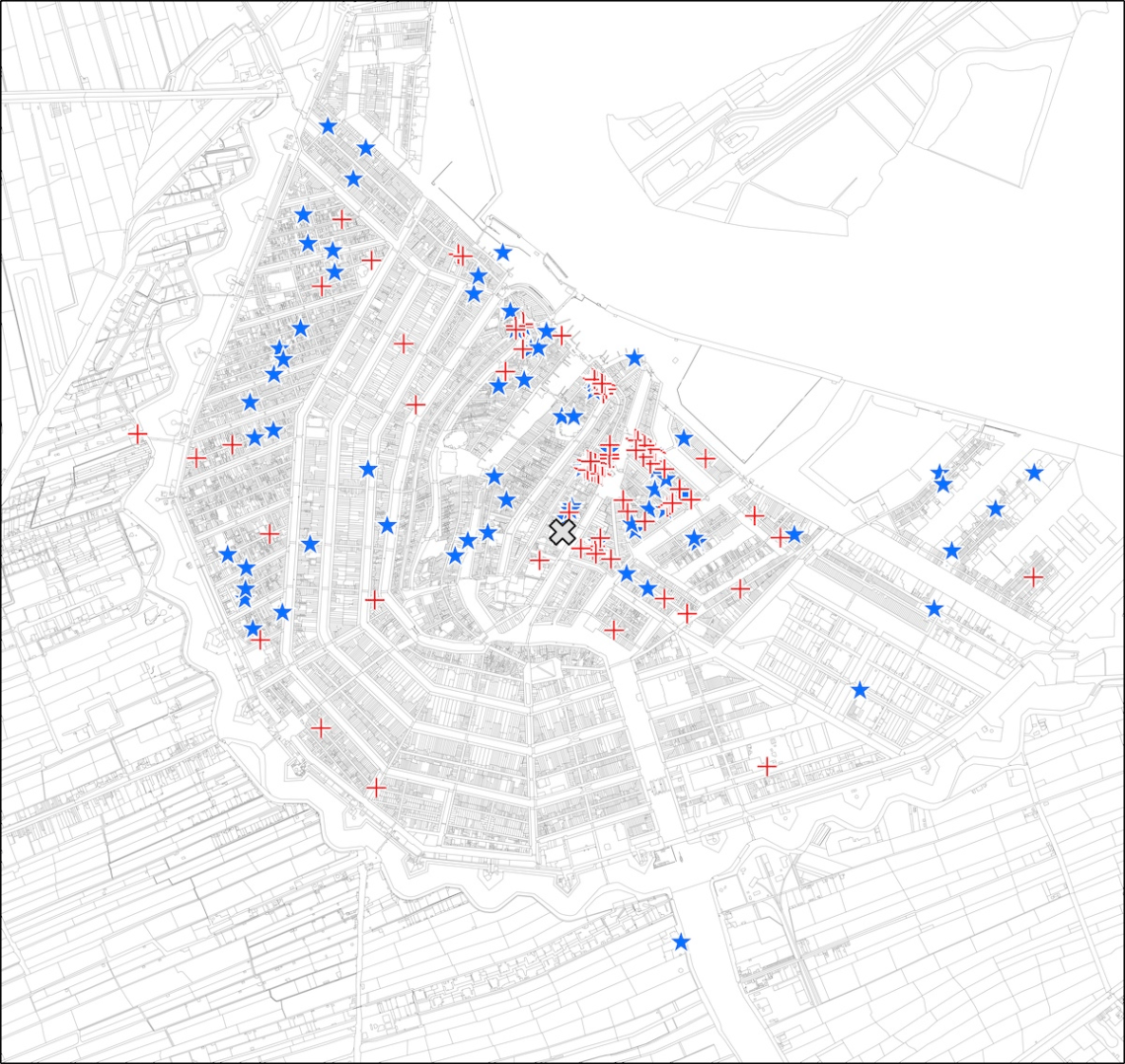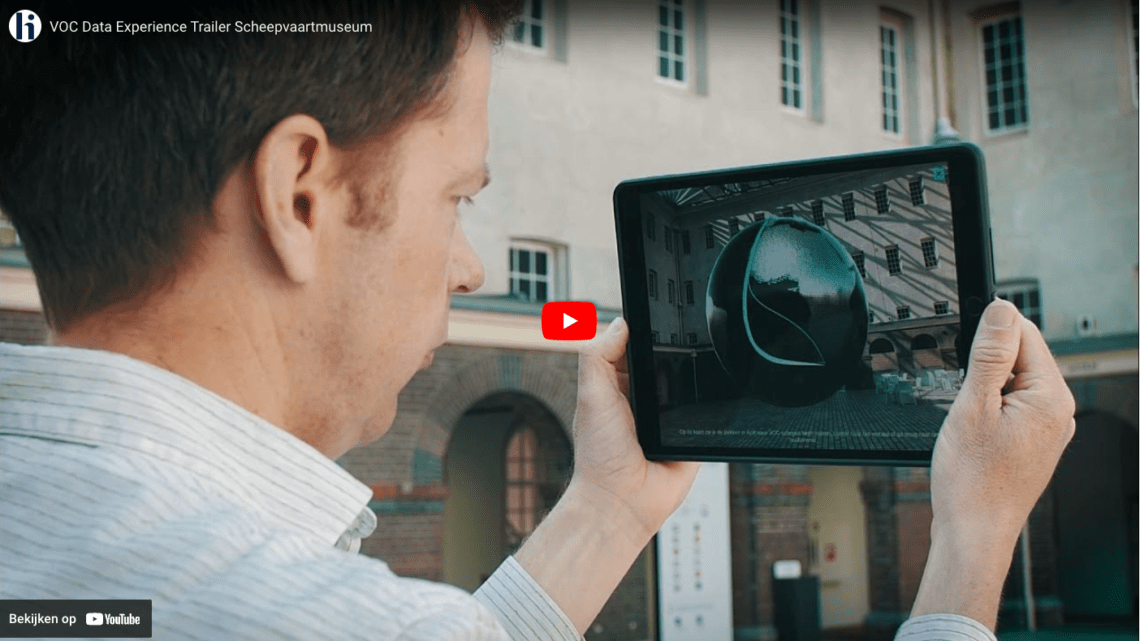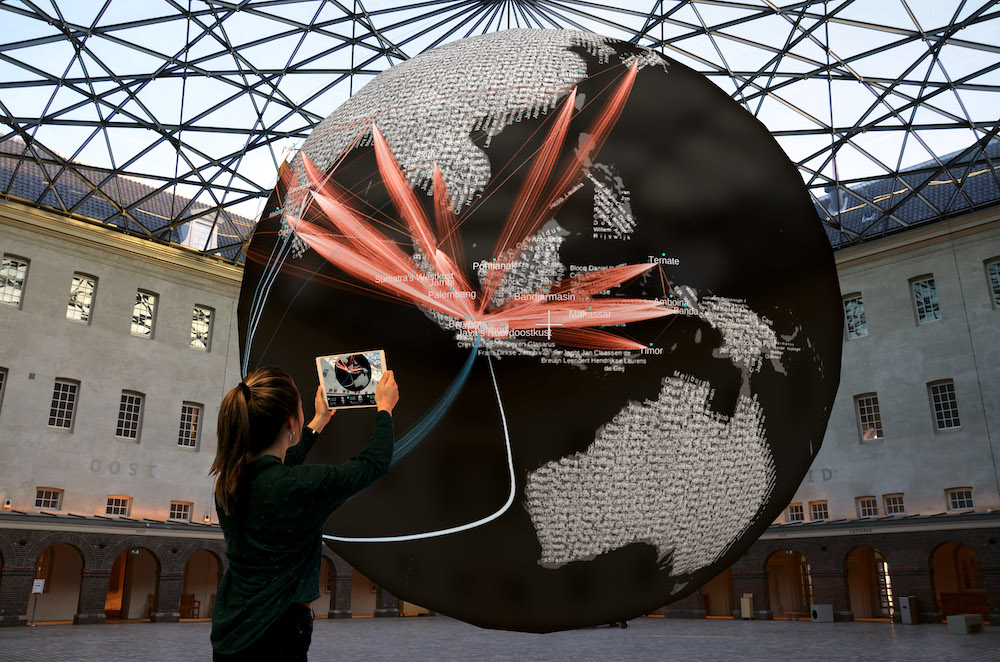-
VOC Sailors’ Last Days in Europe
Our new Dutch-language book, In de schaduw van de stad (Amsterdam: Ambo|Anthos 2023), which tells a series of short stories about ‘ordinary’ Amsterdammers through the ages, includes a chapter on sailors. We researched the crew members of three VOC ships that left Amsterdam in November 1775: who were they, where did they come from, where did they live or stay in Amsterdam? It was known that inns played an important role in the lives of many aspiring VOC sailors by providing a place to stay and information about finding work with the VOC. And it was also known that this was especially true for migrants. But we were surprised when…
-
English Seamen in the VOC
We recently wrote an article about English sailors in the service of the Dutch East India Company (VOC). They made up only a tiny fraction of the crews: during the eighteenth century, less than 1% of crew members came from England. This is a small number compared to, in particular, the Germans and Scandinavians. But this is explicable: the English economy offered plenty of jobs and high wages, so there was little reason for English sailors to come to the Republic. Moreover, Englishmen who sought an East Indian adventure would have been more inclined to join the English East India Company. It is precisely because of their small numbers that…
-
VOC Data Experience
We have frequently written on this site about our research on the crews of the VOC. In the VOC Data Experience, this data now comes to life with spectacular visualisations in augmented reality (AR). Click on the image below to watch the trailer. Six experiences in AR The VOC Data Experience starts with a cloud of names of hundreds of thousands of crew members of the Company’s ships. More information is available about each of these individuals. There are also six thought-provoking experiences. In each of these, a theme is highlighted using original data from the VOC. Data expert Lodewijk Petram, together with different heritage specialists or researchers, explain and…
-
Our research soon visible in augmented reality
Together with Dirk Bertels / Studio Louter we have been awarded a subsidy from the Creative Industries Fund NL under the Digital Heritage x Public scheme to build the VOC Data Experience. Visitors to the experience can explore three existing online data sets about the Dutch East India Company (VOC) in augmented reality (AR). In the VOC Data Experience we will unlock three digitized VOC sources for a broad audience in a stimulating way. Visitors will be able to literally ask questions to the crew members of the VOC on an iPad: Where did you come from? What was your chance of survival? Did you participate in the slave trade? To find…
-
Women sailors in the ranks of the Dutch East India Company
Last week, Jelle tweeted about the women who dressed up as men to land a job with the VOC and were fired when subsequently their ‘real’ gender became known. Several people have asked for more information, in particular about the origins of the women involved. Below is a spreadsheet that lists their (for obvious reasons fake) names, and their place of origin – all other information available about the individuals are also listed. As you can see in the ‘remarks’ column, there are some really interesting cases: a woman going by the name of ‘Hendrik Huijsloop’ married a fellow sailor on board the Petronella Alida, and the ‘Joannes Burghart’ case…
-
Visualizing networks and careers
We mostly post map visualizations of our historical data on sailors, but we’re working on other visualizations to gain insight into our data as well. Markov models We’ve teamed up with DHLab and Marijn Koolen (@marijnkoolen) of the KNAW-Humanities Cluster to do a thorough analysis of sailor’s careers. As a first step, Marijn produced Markov model visualization of all steps in the career data we reconstructed from the digitized VOC pay ledgers. These visualizations give very good insight into the data. The one pictured below, for example, shows the various ranks from which crew members were promoted to ‘skipper or master’ and the most frequent career steps after having served…
-
Daniel Engel: a maritime career reconstructed
Daniel Engel was a young man from ‘Dantsig’ (modern-day Gdańsk in Poland) who travelled to the Dutch Republic in the mid-18th century to apply for a job with the Dutch East India Company (VOC). We’ve written about him before (in this blog post, where we introduced the Company’s pay ledgers, one of our main data sources) and now come back to him once more. Not that Engel is so special–on the contrary, there were thousands of men like him in the ranks of the VOC–but because his story is a good case in point for illustrating our work on reconstructing maritime careers. 1766: first journey to the East Indies A…
-
Elsevier article on geographical spread VOC crew members
Dutch weekly Elsevier published an article about our work on the birthplaces of the sailors who worked on the Dutch East India Company’s ships.
-
Presentation at the 2018 World Economic History Congress
Today we presented the paper ‘Maritime careers in the Dutch Republic: some preliminary findings’ at the 2018 World Economic History Congress (WEHC) in Boston MA. It was great to show our findings to an international audience at the session ‘Factor Costs in the Expansion of Pre-Modern Ocean Shipping: Labor, Capital, and Knowledge Transfer, 1300-1700’, organized by Maryanne Kowaleski (Fordham University). Good career opportunities for migrant sailors Based on quantitative analysis of our Dutch East India Company’s sailors’ careers database, we argued that the tightening native labor supply in the 18th-century Dutch Republic necessitated an influx of skilled migrant workers, and that these migrant workers were given equal opportunities compared to…
-
How do we reconstruct sailors’ careers?
We published a paper on our methodology of reconstructing sailors’ careers in the HUMIGEC project. It’s called ‘Small Lives, Big Meanings. Expanding the Scope of Biographical Data through Entity Linkage and Disambiguation’ and was co-authored by Lodewijk Petram, Jelle van Lottum, Rutger van Koert, and Sebastiaan Derks. The paper was originally presented at the 2017 edition of the Biographical Data in a Digital World conference, held in Linz, Austria. The maritime dataset and career reconstruction methodology serve as a use case to introduce the Huygens ING digital biographical data policy.




